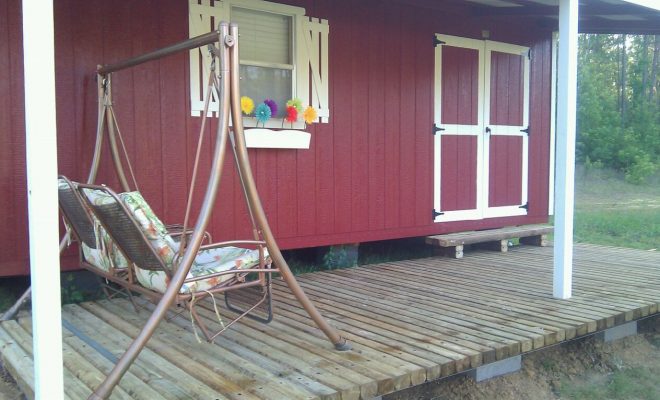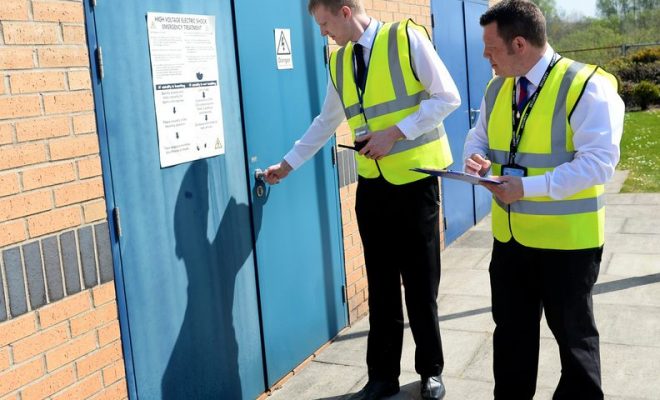How To Plan A Funeral: A Complete Guide

When it comes to planning the burial service, there are a number of details to consider. There is the Funeral procession, the Casket price list, and the documents required. The funeral director can help you make your wishes a reality. Here are some tips on planning a burial service: Keep in mind that you may have already set your wishes and paid for certain elements of the service.
Funeral procession
A funeral procession is a common part of a memorial service or burial service. It has a long history that predates the advent of motorized vehicles. Although the exact rules and etiquette have changed throughout history, many basic rules remain the same. Whether you are leading the procession or following behind, you must respect the wishes of the deceased.
When participating in a funeral procession, you should drive in a single line and stay in close proximity to the cars in front of you. The funeral procession has the right-of-way in all local traffic laws, and other motorists must yield to it until the procession has passed. Do not cut in front of the procession, and be sure to keep your hazard lights on at all times.
Casket price list
Caskets are one of the most expensive items in traditional burial services in Auburn, Washington. Prices vary, depending on the material used, style, and design. They can be made of wood, metal, fiberboard, fiberglass, or plastic. The average casket costs around $2,000, although some can sell for as much as $10,000. To help families avoid overpaying for caskets, the Funeral Rule requires funeral homes to provide itemized price lists and give consumers an opportunity to compare prices.
While you should consult a funeral home’s price list before buying a casket, you can usually save thousands of dollars by shopping around. In addition to saving money on the casket itself, you can also choose the type of service you want, including the type of burial. By comparing prices and selecting only the types and styles you want, you can avoid paying more than you have to.
Arrangement conference
An Arrangement Conference is an important step in planning a funeral. This is the time when family members gather to discuss the deceased’s wishes and provide information to the funeral director. This is often a difficult time, and preparation is key. Gathering information beforehand will save time, stress, and confusion at the Arrangement Conference. Use a funeral planning checklist and questionnaire to help you collect information about the deceased. These can be completed step-by-step, and you can take a printed copy with you to the conference.
During an arrangement conference, it’s important to have a clear idea of who will make decisions. This will reduce conflict and ensure that everyone has the same idea. Moreover, it’s important to be sensitive to the grieving process. The funeral director will help ease the grief process by listening attentively to what the family members have to say.
Documents required
There are several types of funeral papers that must be filled out before a burial service can take place. Most of these documents will be handled by the funeral director, but there are some things you can do yourself. For instance, if the deceased was buried in a cemetery, you will need to fill out the cemetery papers. You can obtain these papers from the cemetery itself, or you can print them online. These papers are important as they will help you choose the appropriate burial spot for the deceased, as well as record all the necessary information about the deceased. In addition, you will need to fill out the necessary paperwork regarding the style and phrasing of the headstone.
Another important document is a cemetery deed. This document is important to the cemetery, as it gives you the legal right to bury the deceased in the cemetery. The cemetery office needs to have this document within seven days of the funeral.
Fees associated with a burial service
Fees associated with a burial service can vary widely depending on the location. Some places require caskets to be buried in a burial vault. This option may not be needed in every cemetery, but it can help to ease cemetery maintenance. Other fees associated with a burial service include a headstone, or grave marker, that lists information about the deceased. A traditional upright stone headstone can cost upwards of $1,500, but there are cheaper options available. Another expense is cremains, which are given to the family in a small bag after the cremation process.
Newspaper obituaries can be pricey, but smaller newspapers or online publications may charge less. These advertisements typically have a maximum of five lines, but they do not include a biography. A burial plot may include an urn, though it’s not required. Some cemeteries charge extra for engraving the urn, but engraving is often a personal choice. Some cemeteries even offer companion plots for those who want to be buried side by side.








